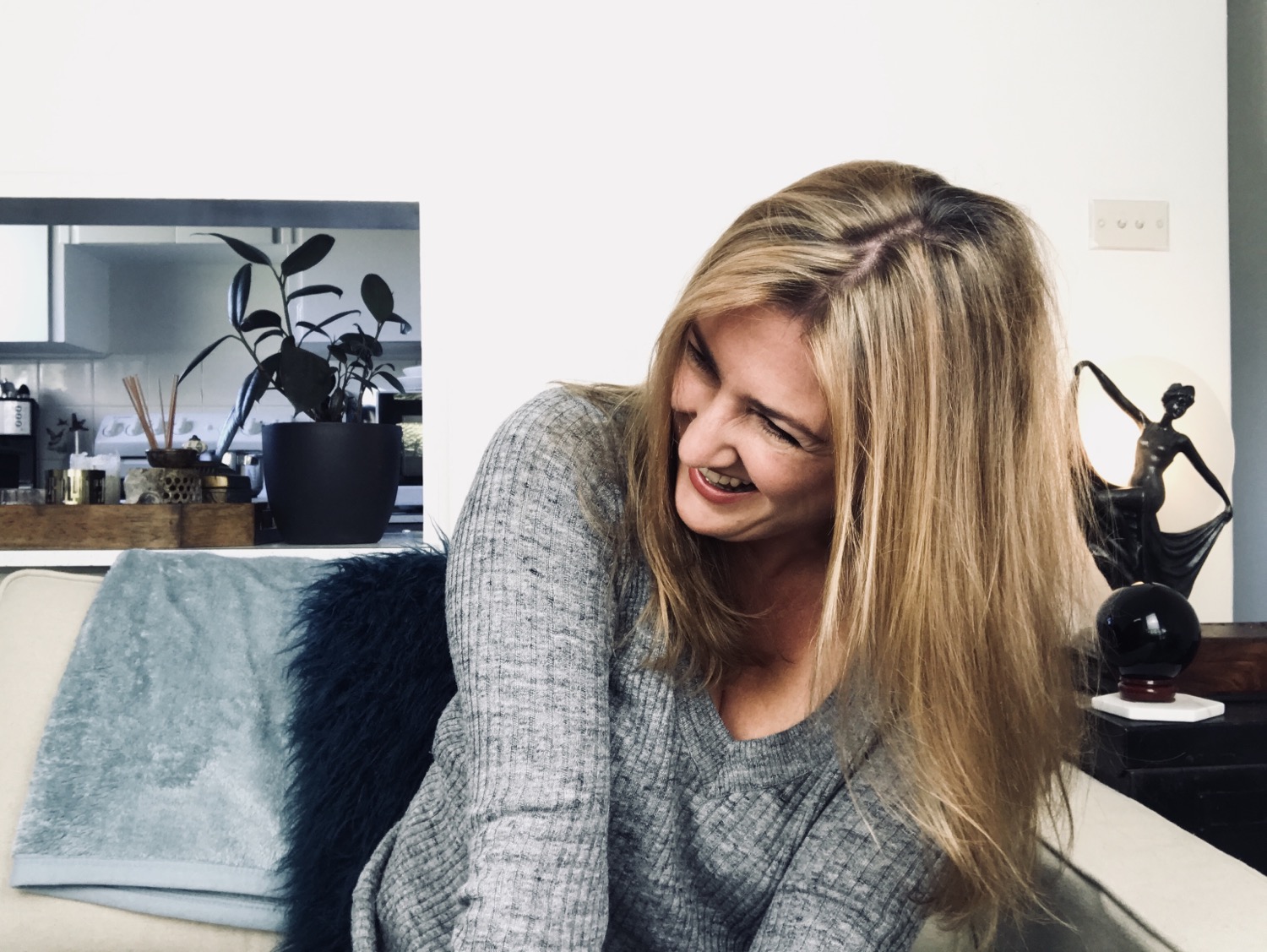The Clairs: How Your Intuitive Senses Actually Work
- Rahni Newsome

- 22 hours ago
- 4 min read
When people talk about “psychic ability,” they’re really talking about how information arrives. In practice, intuition speaks through distinct channels—known as the clairs. You might have one that’s loud and clear, others that whisper, and a couple that wake up later with practice. Let's take a tour of the clairs, how they function, and simple ways to train them (kindly, ethically, and without drama).

How the clairs work (the short version)
All the clairs do the same job: they translate a subtle impression into something you can recognise—an image, word, feeling, or knowing. Think of them as different “apps” on the same phone:
They speak fast (first impression beats overthinking).
They use personal symbols (your lighthouse might mean “resilience”; mine could mean “coast”).
They get cleaner when your nervous system is calm (sleep, breath, hydration = better signal).
They sharpen with feedback (yes/no/can’t place from a sitter).
Clairvoyance (clear seeing)
What it feels like: inner images, mini-movies, colour flashes, symbols. Sometimes it’s literal (red bicycle), often symbolic (anchor = steady, commitment).
How it functions: your mind serves an image that summarises the data quickly. Don’t rush to decode—describe what you see first, then offer your best reading.
Train it:
60-second sketch: close eyes, ask for one image for “today’s focus,” draw it, then check how it played out.
Photo psychometry: glance at a photo, close eyes, describe the scene that forms.
Troubleshooting: if it’s fuzzy, you might be trying to make pictures. Soften your gaze, breathe, and let the first snapshot arrive.
Clairaudience (clear hearing)
What it feels like: names, single words, song snippets, tone of voice; often “heard” in the mind rather than with the ears.
How it functions: the message drops as sound-coded meaning—a surname syllable, a catchphrase, a whistle that screams “Grandad”.
Train it:
Sound tag: ask for the first word that describes a person’s current focus; say it out loud before you edit.
Lyric clue: if a song pops in, note the specific line—that’s usually the evidence.
Troubleshooting: if you get radio static, reduce background noise for real, then invite one clear word only.
Clairsentience (clear feeling)
What it feels like: body sensations (tight chest, light shoulders), temperature shifts, waves of emotion, atmosphere.
How it functions: your body becomes a tuning fork. It mirrors the sitter’s state or a communicator’s personality so you can report it—calm, lively, heavy, fizzy.
Train it:
Body map: before a reading, scan from crown to toes; after three minutes with the sitter, scan again—what changed? Describe neutrally.
Texture words: practise labelling feelings as textures (silky, gravelly, foggy). It keeps you specific.
Troubleshooting: always “let go” sensations on closing the exercise (shake it out, drink water, step into fresh air). If an emotion stays with you after a reading, it is your mind holding on to it.
Claircognisance (clear knowing)
What it feels like: a solid, sudden know that lands fully formed. No picture, no sound—just certainty.
How it functions: pattern-recognition and subtle cues combine, then surface as a click. It’s powerful but can feel bossy—stay humble and invite validation.
Train it:
Timed statements: set a two-minute timer; write three “I know…” lines about a situation, then stop. Check later.
Initials game: ask for initials only for a connection (job, place, name); accept the first pair that lands.
Troubleshooting: if it turns into a speech, that’s thinking. Keep cognisance short and testable.
Clairalience (clear smell) & Clairgustance (clear taste)
What they feel like: phantom scents/tastes with no physical source—pipe smoke, violet perfume, peppermint, wedding cake icing.
How they function: short, specific memory triggers—brilliant for evidence in mediumship (favourite perfume, an Italian kitchen, a smoker’s brand vibe).
Train them:
Scent library: smell spices/teas with eyes closed and label the emotion each evokes; later those tags help you decode impressions fast. This would only work for developing psychic ability.
*Mediumship works slightly different in that the communicator will give certain information that triggers the clair to give evidence ie. the smell of a chilhood kitchen, the taste of a relatives signature dish etc. so libraries will be hard to build.
“What’s on the air?” pause outdoors and name the first non-obvious scent or taste impression.
Troubleshooting: they’re brief—report them immediately before they fade.
Putting it together in a reading
Open: take a couple of breathes—long exhale, relaxed shoulders.
Invite: “Give me the clearest channel for this sitter, with kind evidence.”
Lead with description: say what you see/hear/feel/know before interpreting.
Evidence first (if mediumship): relationship, personality, memories—then the message (if there is one).
Close well: Let all the information go and acknowledge to yourself that the reading is over.
Quick practice plan (15 minutes, weekly)
5 min sit quietly to settle and ready the mind for work - however that process looks for you.
5 min single-clair drill (rotate each week).
5 min blind mini-reading for a friend’s object or photo, asking only for yes/no feedback.
Track hits/misses and how each hit arrived. Over a couple of months you’ll spot your strongest channel and when others light up.
Ethics that keep it kind
Consent first. No surprise readings.
Scope: no medical/legal/financial directives.
Language: keep it human and specific, not spooky or grand.
Aftercare: close properly; you should feel more present afterwards, not spun out.
In sum
The clairs are simply the languages of intuition. You already speak at least one; training helps you become bilingual—or trilingual. Keep your nervous system steady, honour first impressions, ask for feedback, and let your symbol library grow. With practice, the clairs become less “mystical” and more like a set of trusty tools—ready to serve clarity, compassion and good evidence when it matters.



